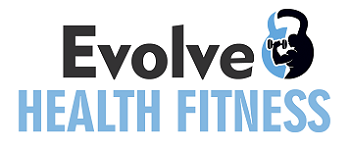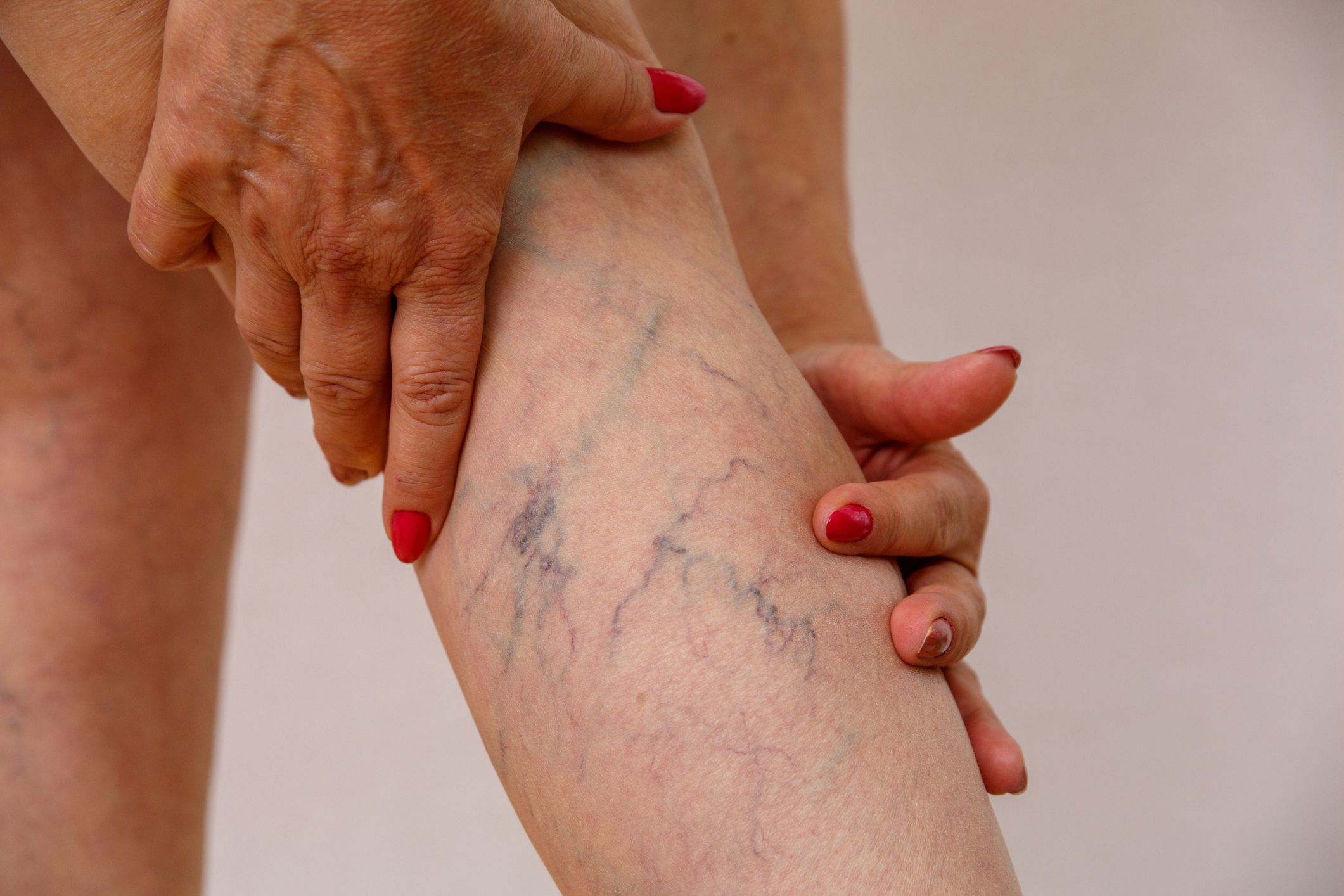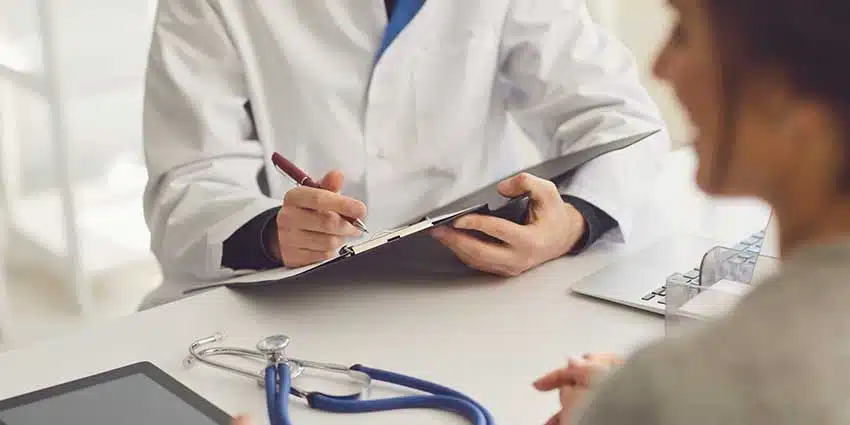Your Go-To Guide To Spider Veins And Available Treatments
Unless you are living under a rock, you probably have heard about varicose veins and spider veins. While spider veins don’t bulge or hurt like varicose veins, one may feel embarrassed because of the web-like appearance. Also, spider veins could be a sign of venous disease. If you need help with the condition, consider seeing a spider vein specialist in South Carolina. In this post, we are sharing some key details worth knowing.
What causes spider veins?
There are several factors that could contribute to spider veins, including age, family history, jobs that demand standing for long hours, and hormone changes. Pregnancy is also known to be a risk factor, while in some cases, people also develop spider veins due to an underlying vein condition and lifestyle diseases like obesity.
What are the common spider veins?
While spider veins are not supposed to cause pain like varicose veins, some people may experience cramps and mild pain. Besides being visible to the eyes, spider veins can also cause restless legs, skin discoloration, and unusual itching. Patients also experience throbbing at times.
Getting screened for spider veins
If you have visible spider veins, talk to your doctor to understand whether there are underlying causes that need attention. Typically, your doctor will recommend a vascular ultrasound, which will help determine the extent of blood flow to the veins.
Common treatments
There are several treatments for the condition, including –
- Sclerotherapy: In this treatment, a special saline solution is injected into the spider veins, which causes them to swell. Within weeks, the veins will fade off. Sclerotherapy is an effective choice for both spider and varicose veins, although the treatment must be repeated.
- Clarivein: Clarivein is a minimally invasive treatment that involves inserting a thin wire into the vein and rotating the same to target the vessel walls. The sclerosing solution used in the process helps fade the vein.
- Endovenous Techniques: Your doctor may also recommend this treatment, which involves using a laser device in the vein using a special fiber. Local anesthesia is used, and you can expect to see results within a few months.
There are also medicinal supplements, such as Venotonics, which help with venous diseases. Your doctor will also recommend a few lifestyle modifications, including exercising regularly and wearing sunscreen. You may also benefit from wearing compression stockings.
The excellent news is spider veins are treatable, and the sooner you seek help, the faster you can expect to see a difference.




